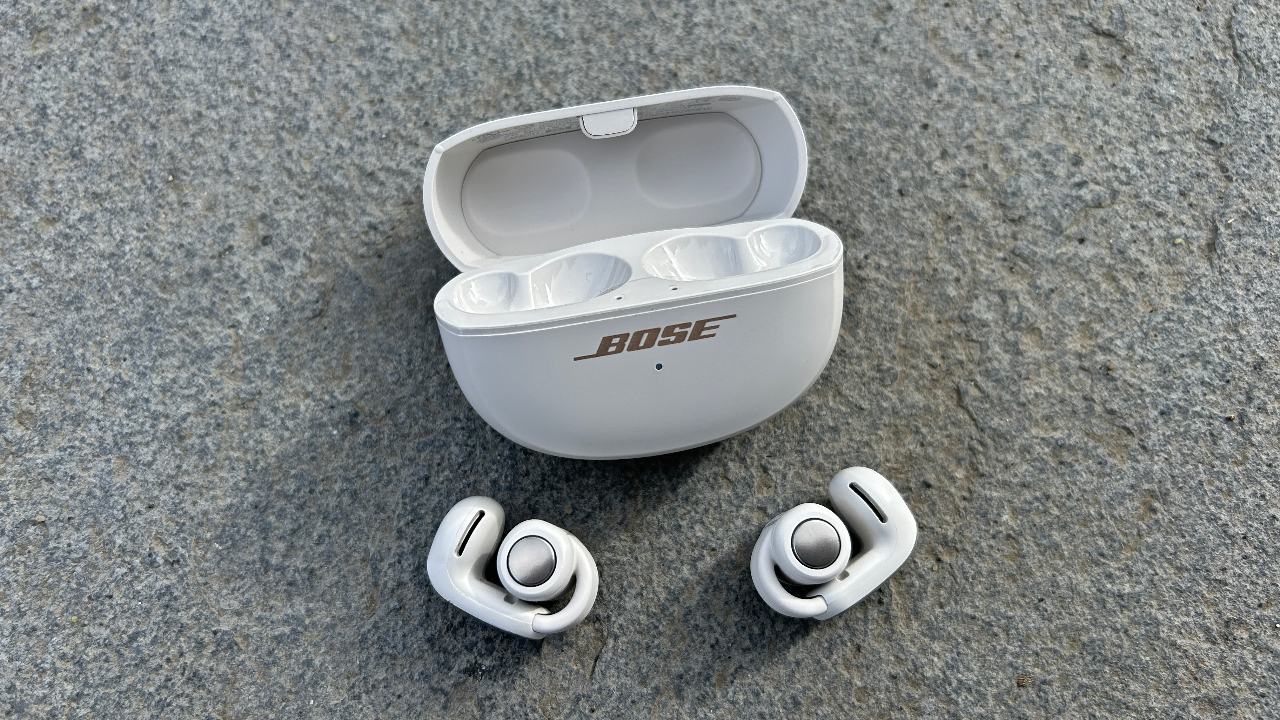
The Bose Ultra Open Earbuds are my new favorite running headphones and are among the best workout headphones for any type of exercise. The innovative design creates a fit that’s secure for vigorous workouts without being uncomfortable, and the sound quality is better than any other open or bone-conduction buds I’ve tried.
They won’t suit everyone, because the open design means you don’t get any kind of noise cancellation in loud environments, and that limits their use outside of workouts. The price will also be a stumbling block for many because the Ultra Open Earbuds are more expensive than many excellent sets of in-ear buds.
Bose Ultra Open Earbuds: Price And Availability
The Bose Ultra Open Earbuds launched in February 2024 and cost $299 in the US and £299.95 in the UK. That’s the same price as Bose’s top in-ear headphones, the QuietComfort Ultra, and more than the Apple AirPods Pro 2 and Bose QuietComfort Earbuds II, as well as being more expensive than other top open headphones, such as the Shokz OpenFit and Cleer Arc II.
How I Tested These Headphones
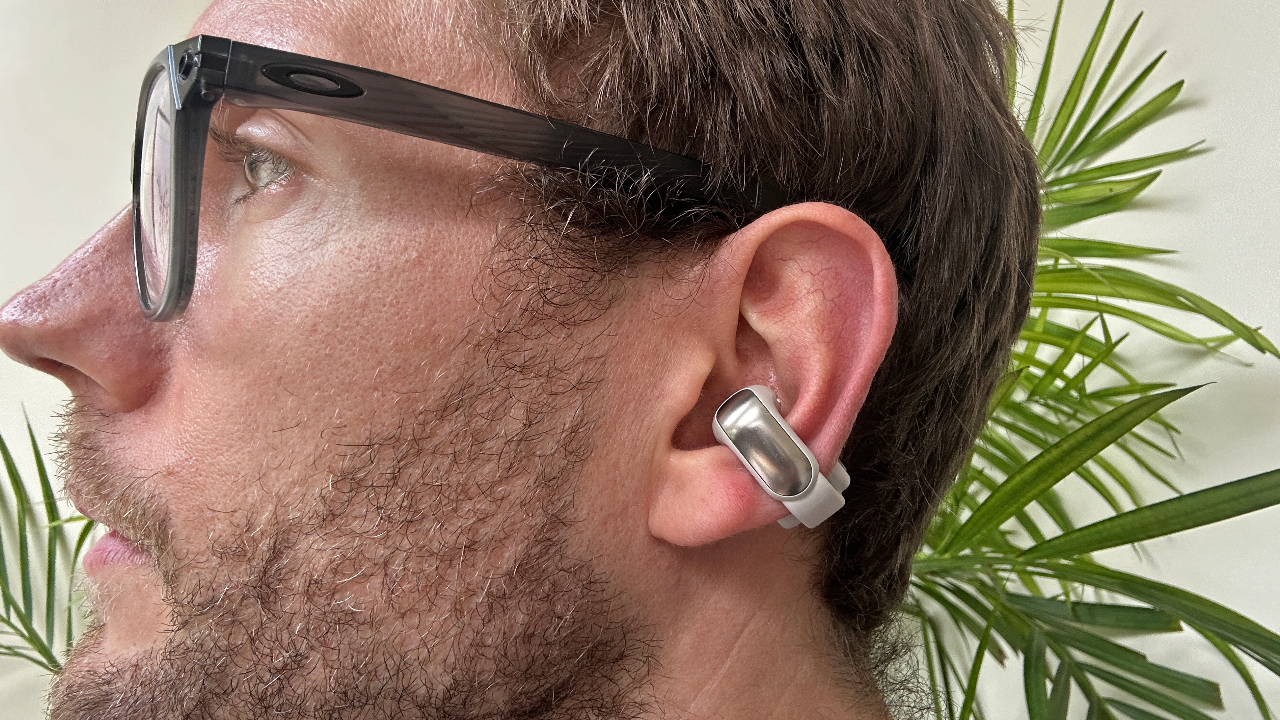
I tested the Ultra Open Earbuds for two weeks, using them for a variety of workouts but mainly running, since I’m in the middle of a marathon training block for the London Marathon. I have also tested the Bose Sport Earbuds and Bose QC Earbuds II, as well as a range of the best workout headphones from other brands.
Design, Controls And Fit
The Ultra Open Earbuds have an innovative design with a hook that sits in the ear and a barrel that you pull back and wrap around the back of the ear. This clasps the bud in place, and then you can adjust the angle of the speaker to get it into the perfect spot near the ear canal.
Initially, I worried it would be tricky to get the earbuds in exactly the right spot to get the best sound, but they settled in the perfect place naturally, with the speaker hooked in and the barrel wrapping around the ear at an angle. The fit proved to be superb.
The buds don’t put unwelcome pressure on the ears so you can wear them for hours without discomfort and they stayed securely in place during runs, strength workouts and yoga sessions. I barely felt them during my workouts, including a 2½-hour run, and they fitted well alongside hats and glasses because they don’t go over the top of the ear like most hook-style buds.
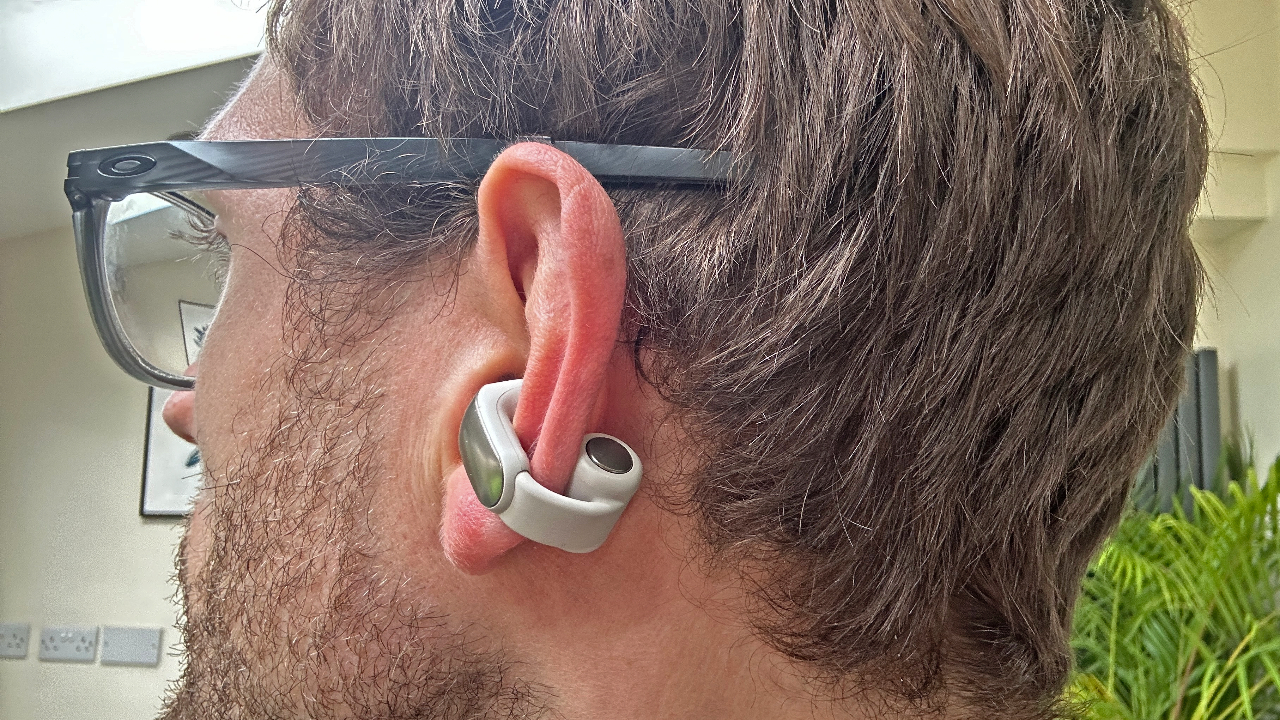
Though they aren’t waterproof, the Ultra Open Earbuds have an IPX4 rating, which means they are water- and sweat-resistant. I’ve used other IPX4 buds for years of rainy and sweaty workouts without problems, so don’t expect durability to be an issue, but some other sports headphones are fully waterproof.
Each bud has a button on top of the barrel that sits behind the ear that you can use to control playback and switch between the stereo and immersion sound modes. You can’t turn the buds off with the buttons, though, but have to put them back in the case. The buttons are easy to use during workouts, and I preferred them to the touch controls on the Bose QC Earbuds II.
Sound Quality And Immersion Mode
The main drawback of open headphones compared with in-ear buds is sound quality. The extra awareness you gain from the open design comes at the cost of the passive and/or active noise cancellation (ANC) and more powerful bass you get from in-ear headphones.
However, open headphones are getting better and the Ultra Open Earbuds sound excellent. In quiet environments they’re the match of in-ear buds for overall sound, offering clarity and warmth in the upper ranges and enough punch with the bass. You can also adjust the EQ in the app to increase the bass.
The buds still don’t deliver as much power as the best in-ear buds for bass, but on tracks like Massive Attack’s “Angel” the Ultra Open headphones were powerful enough that I didn’t miss in-ear buds. The sound was also enjoyable when running outdoors, even in windy environments such as at running tracks. The headphones won’t be drowned out by traffic when running by busy roads, while still giving you an awareness of your surroundings.
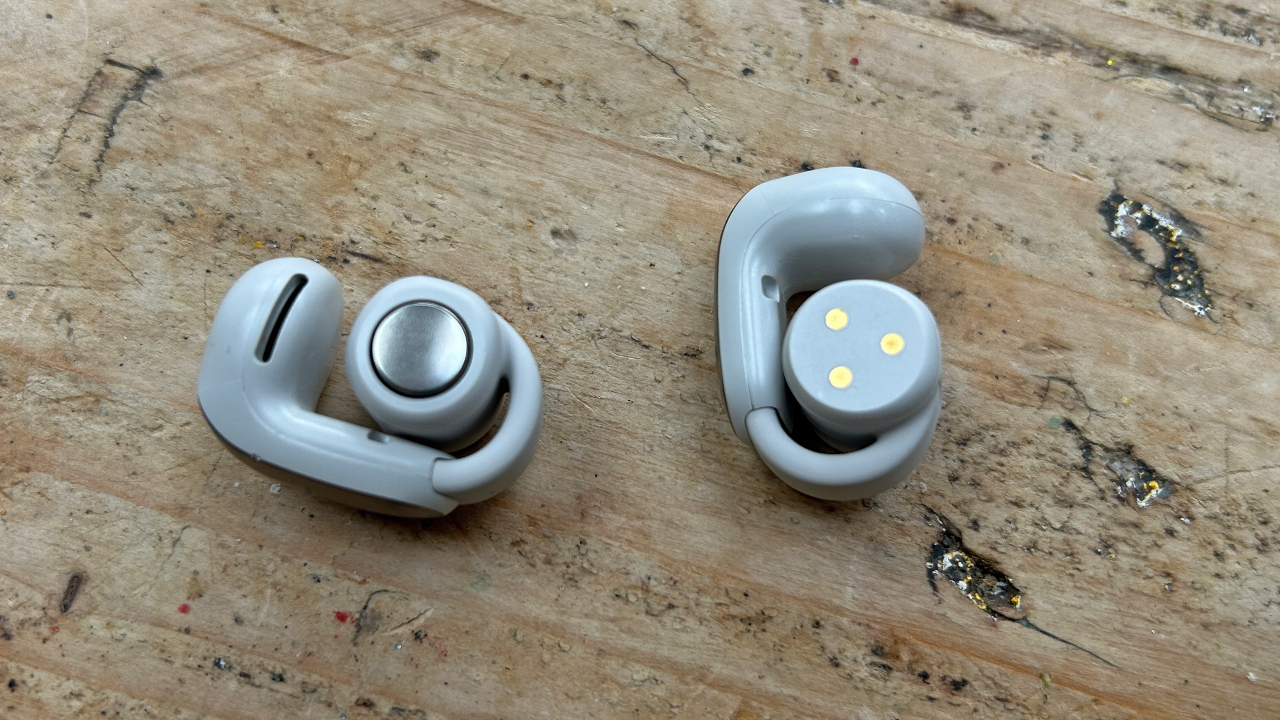
However, I missed the noise cancellation you get from in-ear buds when traveling, especially in noisy spots like on the London Underground when it’s hard to hear music and podcasts. It means that the Ultra Open Earbuds have less appeal as lifestyle/sports cross-over buds, though this will depend on your lifestyle. I don’t go into the office or travel much, so the more comfortable open design is preferable for me most of the time.
The Ultra Open Earbuds have Bose’s immersive audio mode, which is its spatial audio setting. It’s designed to make it sound like your music is coming from in front of you and add depth and realism to the sound. There are two settings, still and motion—the latter is better if you are turning your head a lot—and you can also turn it off and use stereo mode for more traditional sound.
At times the immersive audio sounded better to me, especially with soaring tracks from bands like Beach House, but it’s not a big difference and reduces battery life from 7½ hours to 4½ hours. On most tracks I didn’t notice an improvement in sound, and after using it a lot at first I now leave the immersive audio off to preserve battery life.
Battery Life
The Ultra Open Earbuds last 7½ hours on a charge, which drops to 4½ hours if using the immersive audio mode. The case adds up to 19½ hours of battery for a total of 27 hours in stereo mode, and 16½ hours in immersive mode. A quick-charge feature means you get two hours of playback on the buds from 10 minutes in the case.
I found that the headphones lived up to their listed battery life and while they’re not exceptionally long-lasting, with even smaller buds like the Jabra Elite 8 Active lasting longer on a charge, the 7½ hours with the immersive audio off is good and they do charge quickly in the case.
Are The Bose Ultra Open Earbuds Worth It?
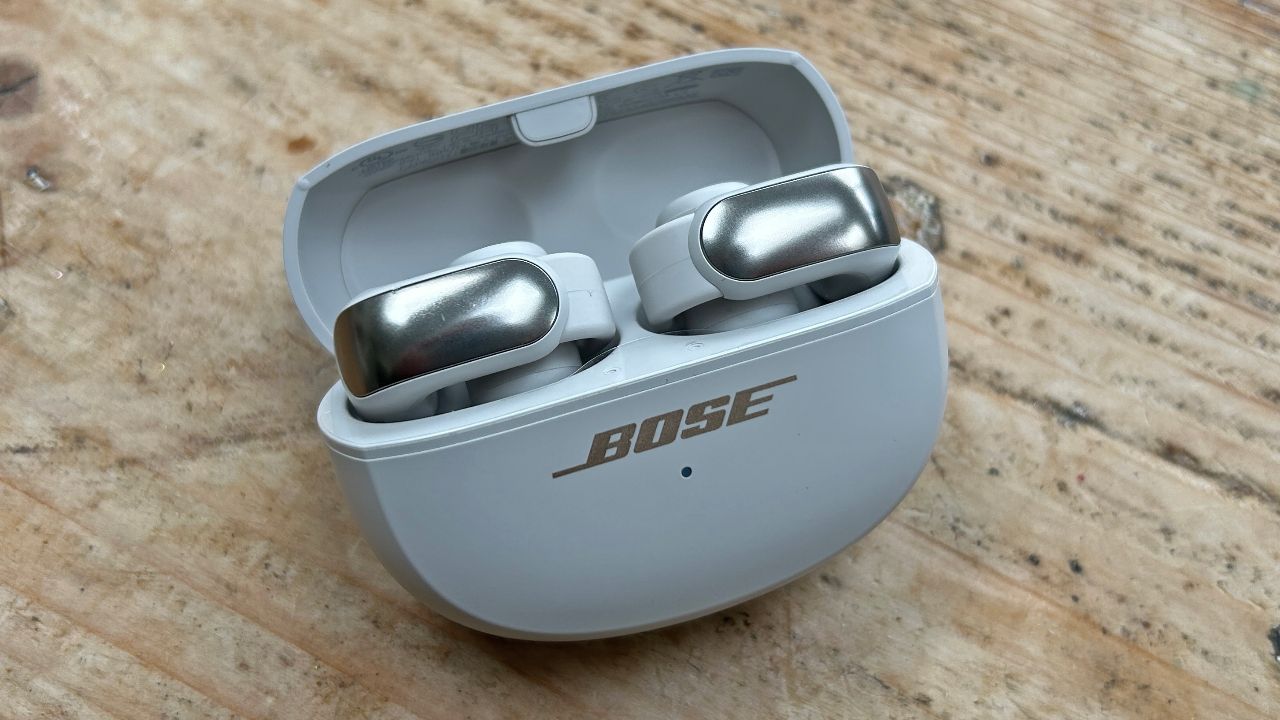
Can $300/£300 open headphones ever be worth it? Perhaps that’s a valid question because they are, by design, not ideal for traveling and other loud environments, so you may need another set of in-ear or over-ear buds as well for those situations.
However, open headphones are brilliant for lots of other settings, especially workouts, and the Ultra Open Earbuds are the best open headphones I’ve used. They’re now my preferred running headphones, replacing the Shokz OpenRun bone-conduction buds because of the better sound quality and fit.
Compared with the best workout headphones with in-ear designs, like the Jabra Elite 8 Active and Apple AirPods Pro 2, you pay more for the Ultra Open Earbuds, which don’t bring benefits like ANC. If you’re buying one set of headphones for everything then the best in-ear buds, which also have transparency modes for more awareness, are a more practical choice. But the Ultra Open Earbuds undoubtedly deliver a better experience during workouts thanks to the excellent fit and open design.







